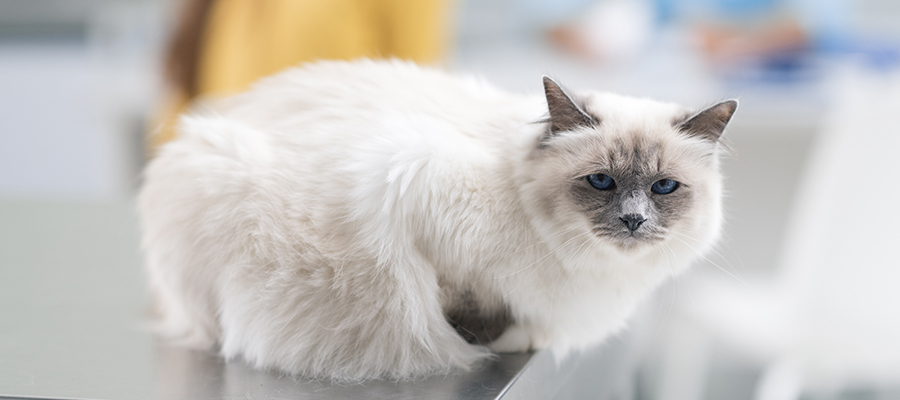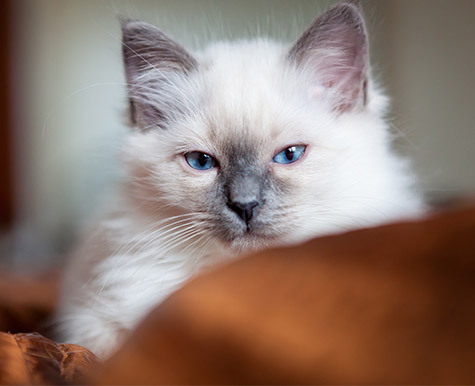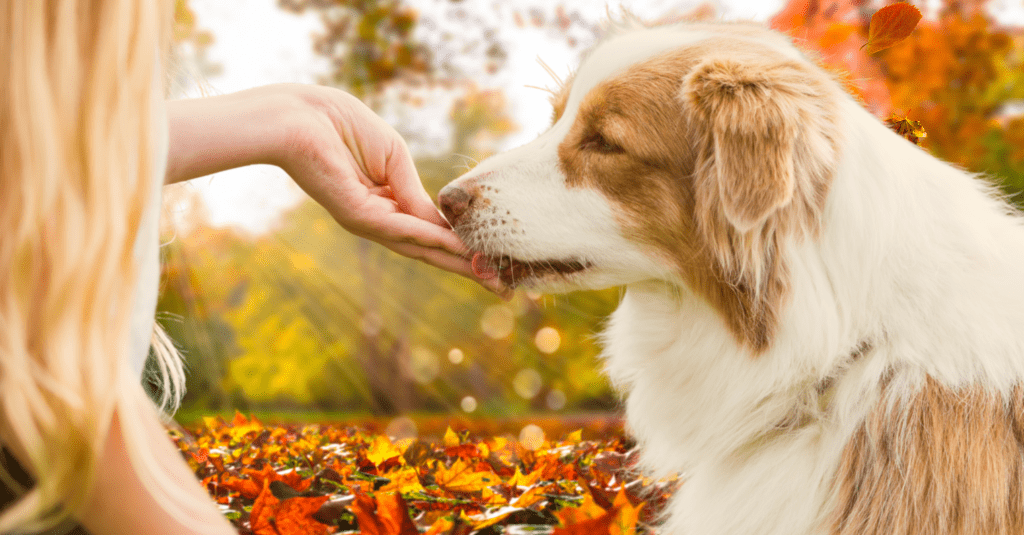






Birman
 Overview
Overview
Overview of Birman
With their striking blue eyes and white booties, anyone who owns a Birman knows how exquisite they are to look at! They are well-loved around the globe; look at Choupette - the world's most glamorous and pampered kitty: she has two personal maids and only eats out of her custom Goyard food bowls. Her devoted pet parent, the late Karl Lagerfeld (fashion icon, artist and photographer), even made a clothbound photo book to pay tribute to his beloved companion! The Birman's history goes way back to the ancient temples of Burma, where they were the companion cats of the Kittah priests. Almost completely wiped out during World War II, only a pair of Birman cats were alive in Europe at the end of the war, both belonging to breeder Baudoin-Crevoisier. The continuation of the Birman, in postwar France, were kittens of this pair, heavily crossed with Persians and Siamese. By the 1950s, pure Birman kitties were being bred again. The CFA later recognized them in 1966. The nice thing about these medium-sized (10-12lb) kitties is that their semi-longhaired coats tend not to mat, so brushing them twice a week will keep them looking fluffy and fabulous. The Birman is available in all pointed colors (pale body and darker face, ears, feet and tail) with warm golden tones in the body and luxurious white paws. And don't forget about those beautiful baby blues. Every Birman has blue eyes - the deeper the better!
Common Health Conditions & Recommendations for Birman
Hypertrophic Cardiomyopathy (HCM):
Can be inherited in some Birman bloodlines (most common heart disease in cats). In HCM, the walls of the left ventricle thicken (hypertrophy) and inner heart muscles may become enlarged as well.
Recommendations for Hypertrophic Cardiomyopathy (HCM) in Birman Cats:
Common Health Conditions & Recommendations for Birman
Obesity:
Is becoming a more common occurrence in cats. Many Birmans are indoor-only cats that love to snack and curling up in your lap for long stretches of time so they may be prone to putting on some extra pounds.
Recommendations for Obesity in Birman Cats:
Common Health Conditions & Recommendations for Birman
Diarrhea:
Food sensitivities are very common in cats because they have very sensitive tummies. Drastic changes to their diet and/or processed or high-calorie foods can result in vomiting or diarrhea.
Recommendations for Diarrhea in Birman Cats:
 Personality
Personality

Affectionately referred to as a "Velcro" cat, the Birman will follow you around from room to room, wanting to be close to you. They are quiet kitties who are peaceful and loving. They would make a great addition to any family, even in households with other pets. It isn't uncommon to see a Birman fetching a ball or chasing their toys, when they aren't trying to curl up in your lap. Did you know that the Birman cat was a founding breed in creating the first Ragdoll kitties? Because these cats love to lay in your lap for days, they may be prone to obesity so make sure you provide lots of toys, perches and ways to keep your Birman looking and feeling their best! Get this cat if you want a pet that’s easy on the eyes and will melt your heart!



 CAD
CAD
 US Dollar
US Dollar


